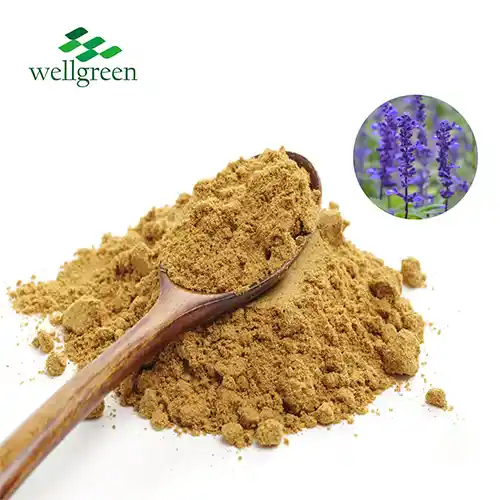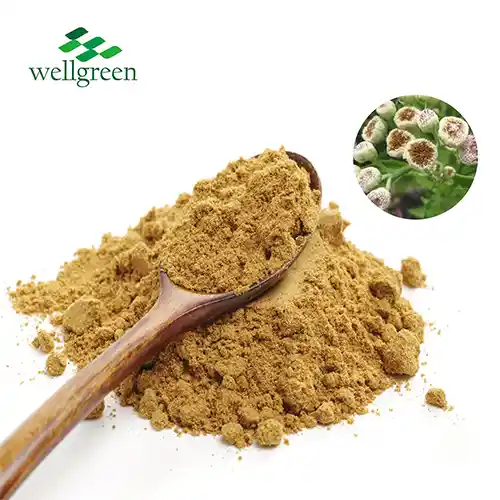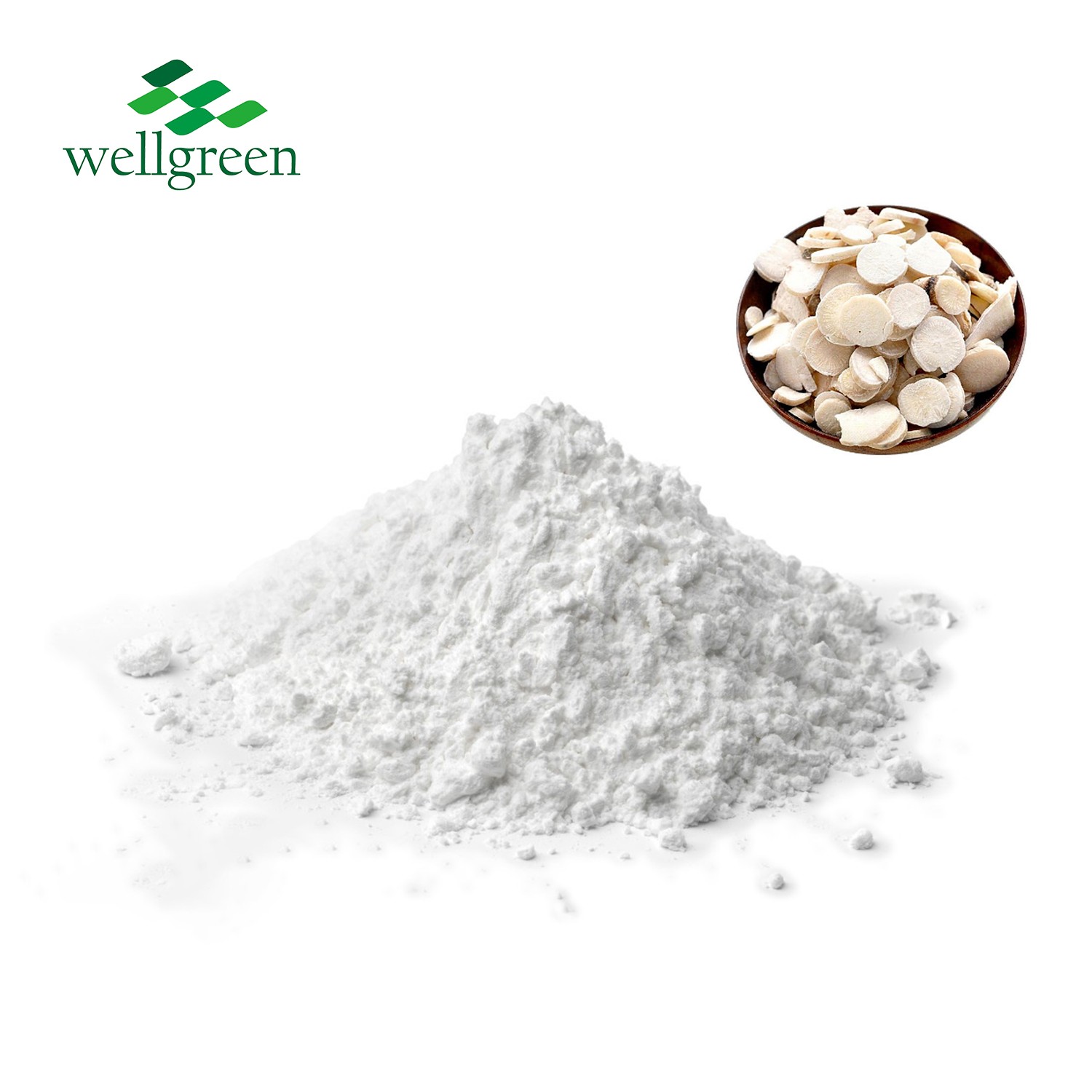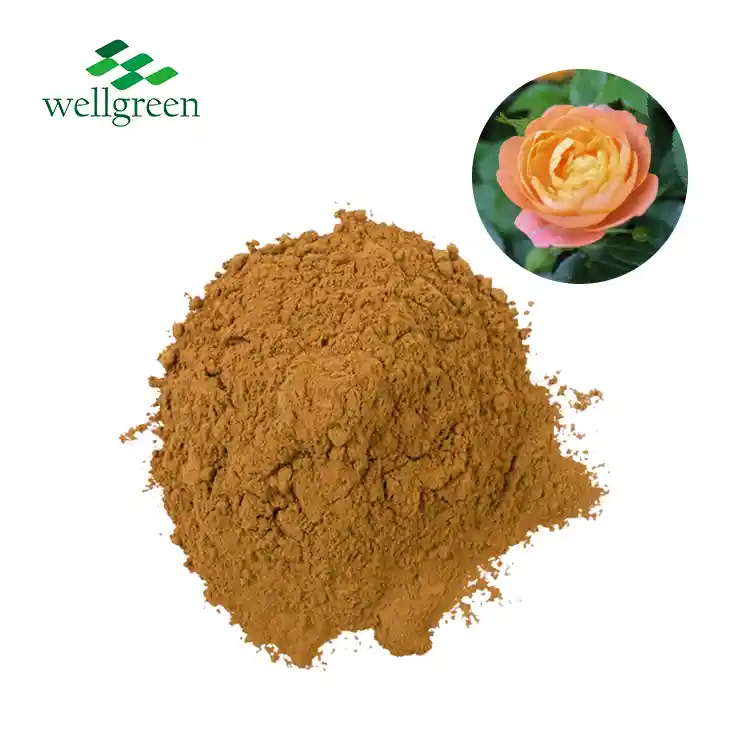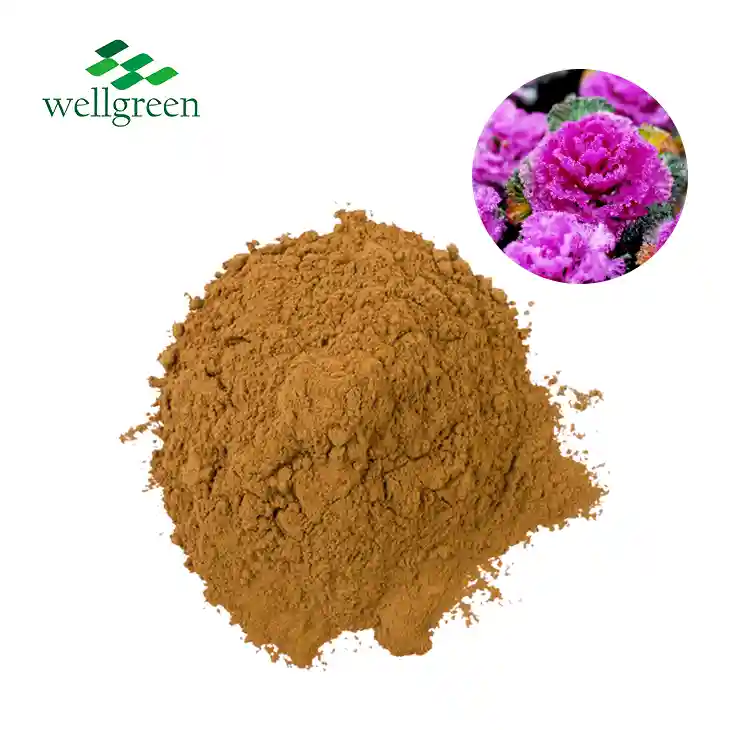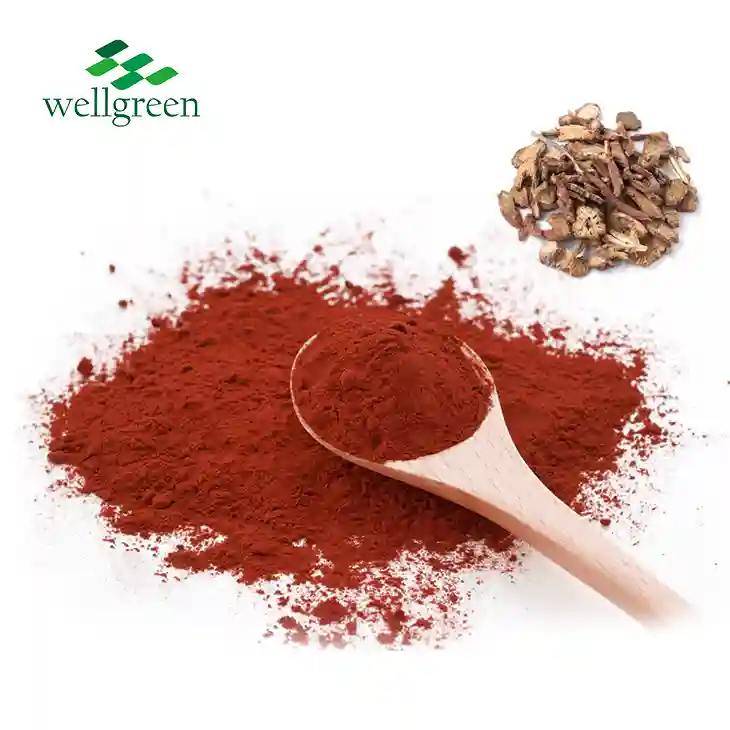Do You Know the Medicinal Properties of Asarum Sieboldii?
2024-07-09 16:24:52
What is the use of Asarum Sieboldii?
Asarum Sieboldii Extract, affectionately referred to as "wild ginger" or "Xi Xin" in the annals of Chinese medicine, is a perennial herb with a storied history in East Asia. This plant has been a staple in traditional medicine for centuries, employed for its diverse health benefits that have been passed down through generations. From alleviating symptoms of the common cold to addressing more complex conditions like rheumatism, Asarum sieboldii has been a trusted remedy.
The advent of modern research has breathed new life into the study of Asarum sieboldii, as scientists have begun to validate its traditional uses through rigorous investigation. This has led to a greater understanding of the plant's bioactive compounds and their potential therapeutic applications. The discovery of its anti-inflammatory, antimicrobial, and analgesic properties has positioned Asarum sieboldii as a candidate for contemporary medicine and wellness practices.
As modern research continues to explore the depths of Asarum sieboldii's medicinal properties, it is increasingly being recognized for its potential to complement and contribute to modern healthcare. This includes its potential use in managing pain, reducing inflammation, and combating microbial infections in a manner that aligns with the holistic principles of wellness.

Traditional Uses of Asarum Sieboldii
In the rich tapestry of traditional Chinese medicine (TCM), Asarum Sieboldii Extract, or "Xi Xin," emerges as a versatile and potent remedy, renowned for its analgesic and anti-inflammatory prowess. This esteemed herb has been a cornerstone in TCM's pharmacopeia for eons, employed to alleviate a spectrum of painful conditions.
Headaches, toothaches, and neuralgias are among the many ailments that Asarum sieboldii has been traditionally used to treat. Its ability to penetrate deep into the affected areas and soothe the source of pain is highly valued in TCM. The herb's warming nature is believed to counteract the cold pathogenic influences that TCM associates with these conditions, thereby reducing inflammation and providing relief.
Furthermore, Asarum sieboldii is revered for its diaphoretic properties, meaning it is thought to stimulate the body's sweating mechanism. This characteristic has made it a favored treatment for colds, fevers, and respiratory infections. In TCM, promoting sweating is seen as a way to expel external pathogens and restore harmony to the body's internal environment.
The use of Asarum sieboldii in TCM also reflects the philosophy of treating not just the symptoms but addressing the root cause of disease. By dispelling cold and reducing inflammation, it is believed to clear the pathways that are blocked by pathogenic factors, thus restoring the body's natural balance and facilitating the healing process.
Modern research has begun to explore the chemical constituents of Asarum sieboldii, seeking to understand the scientific basis behind its traditional uses. While the findings are promising, they also highlight the need for cautious use due to the presence of certain compounds that may have adverse effects if not properly managed.
Modern Applications of Asarum Sieboldii
In the contemporary practice of herbal medicine, Asarum Sieboldii Extract maintains its esteemed status, celebrated for its profound analgesic and anti-inflammatory properties. This venerable plant, with a history deeply rooted in traditional Chinese medicine, continues to be an integral component in sophisticated herbal formulations. These formulas are meticulously crafted to address a variety of painful and inflammatory conditions, including the debilitating symptoms of arthritis and gout.
The incorporation of Asarum sieboldii into these remedies stems from its time-honored reputation for mitigating pain and inflammation. For individuals suffering from the discomfort and swelling associated with these conditions, the herb offers a natural alternative for symptomatic relief.
Moreover, a burgeoning body of scientific research points to additional therapeutic potentials of Asarum sieboldii. Some studies hint at its antimicrobial properties, suggesting that it may contribute to the fight against bacterial infections by inhibiting the growth of harmful microorganisms. This opens up the possibility of Asarum sieboldii being utilized as a natural adjunct in antimicrobial strategies.
The antioxidant effects attributed to Asarum sieboldii are another exciting avenue of exploration. Antioxidants are crucial in neutralizing free radicals, thereby protecting the body from oxidative stress linked to various diseases and the aging process. The potential of Asarum sieboldii to act as a natural antioxidant could place it at the forefront of wellness and preventative healthcare.
Scientific Studies on Asarum Sieboldii
 Late logical exploration has perseveringly tried to demystify the perplexing synthetic sythesis of Asarum sieboldii root extract, revealing a stash of bioactive mixtures that support its pharmacological ability. At the very front of these examinations are the aristolochic corrosive subsidiaries, a gathering of natural mixtures that have shown outstanding viability in preclinical models across a range of organic exercises.
Late logical exploration has perseveringly tried to demystify the perplexing synthetic sythesis of Asarum sieboldii root extract, revealing a stash of bioactive mixtures that support its pharmacological ability. At the very front of these examinations are the aristolochic corrosive subsidiaries, a gathering of natural mixtures that have shown outstanding viability in preclinical models across a range of organic exercises.
These substances have attracted attention due to their potential to reduce inflammation, which is essential for treating a variety of diseases. In addition, their antinociceptive properties suggest that they play a significant role in pain management, providing a natural alternative for conditions with either acute or chronic pain. Most notably, there has been a lot of interest in the antitumor properties of aristolochic acid derivatives, which suggests that they could be used in oncology to fight cancer cells.
Be that as it may, this commitment isn't without its hazards. Nephrotoxicity has also been linked to derivatives of aristolochic acid, which is a serious threat to kidney function. These compounds' profile is further complicated by their association with carcinogenicity, which raises safety concerns that must be addressed. The potential for these mixtures to cause kidney harm and disease highlights the requirement for rigid wellbeing appraisals and controlled use in restorative applications.
The dichotomy of Asarum sieboldii's bioactive compounds demonstrates the intricate balance that herbal medicine relies on between its therapeutic benefits and potential dangers. With the intention of maximizing their medicinal value while minimizing their negative effects, it is essential that ongoing research continue to investigate the secure harnessing of these compounds. As how we might interpret Asarum sieboldii root extract extends, so too should our obligation to capable and moral practices in natural medication advancement and use.
While more exploration is expected to completely comprehend the wellbeing and viability of Asarum sieboldii in current medication, its long history of customary use and the promising outcomes from beginning examinations recommend that it might have a spot in store for integrative medication. Before using any herbal remedies, it's always best to talk to a doctor, especially if you're pregnant, nursing, or taking any medications.
For more information about Asarum Sieboldii and its potential uses, please contact wgt@allwellcn.com.

